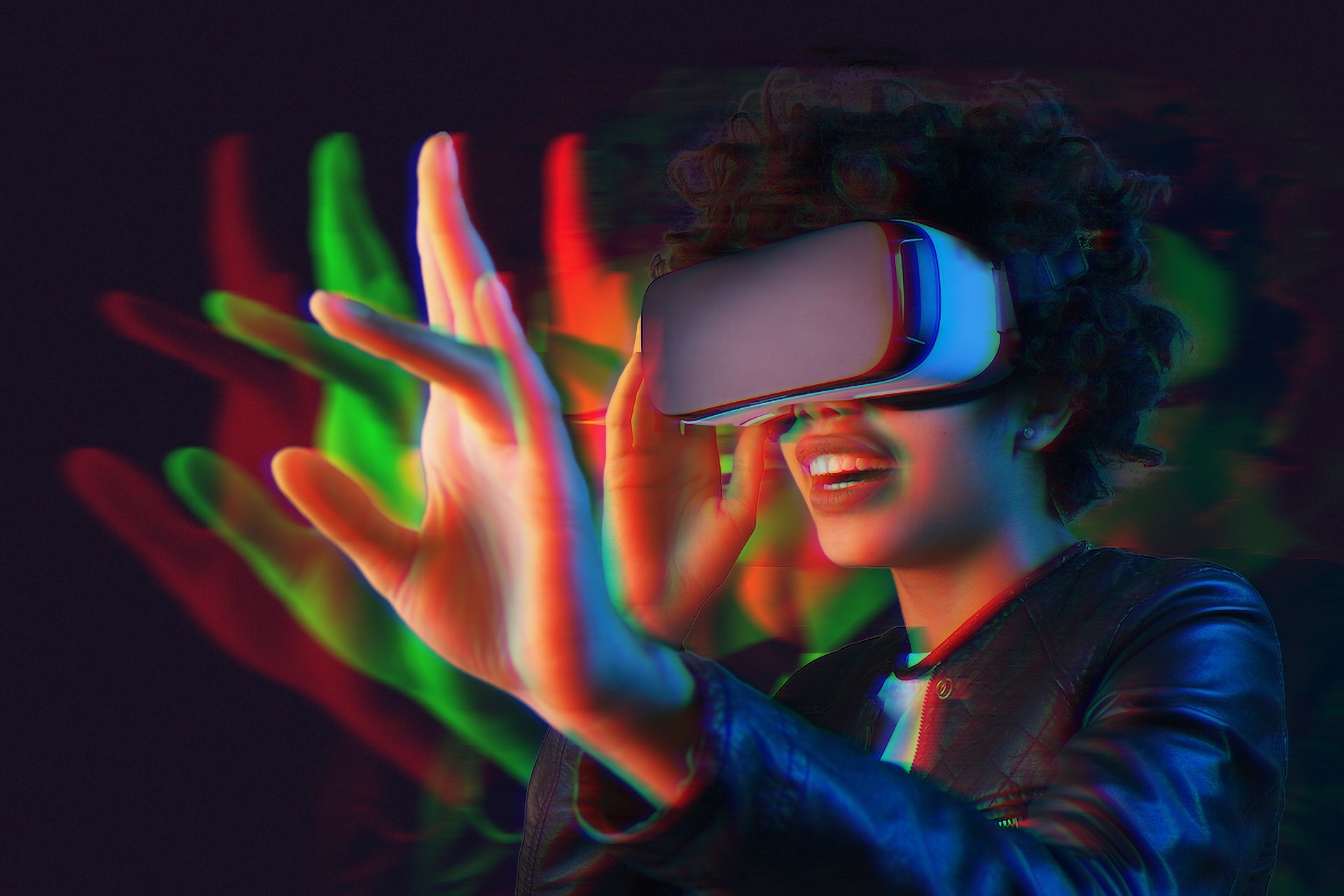Unveiling the Potential of Telepresence: The Future of Remote Interactions
Telepresence, a technology that once seemed like a concept plucked straight from science fiction, has gradually evolved into a tangible reality. Offering a blend of virtual reality, high-definition video, and advanced networking capabilities, telepresence holds the potential to revolutionize the way we communicate and interact remotely.
From Concept to Reality: The Evolution of Telepresence
Telepresence first emerged as a concept in the mid-1980s, with the idea of creating a sense of “being there” without physical presence. It was first implemented using large, dedicated rooms with multiple screens and advanced audio systems to create an immersive environment. Since then, technological advancements have brought telepresence into the mainstream, making it accessible even on personal devices like smartphones and laptops.
Current Trends and Insights: Telepresence in Today’s World
Today, telepresence is gaining traction in diverse sectors, such as healthcare, education, and business. In healthcare, it allows doctors to interact with patients remotely, making medical care more accessible. In education, it enables students to participate in interactive virtual classrooms, breaking geographical barriers. In business, it allows for more effective communication and collaboration among team members, regardless of their location.
Impact and Applications: How Telepresence is Changing the Game
The impact of telepresence is far-reaching. It is helping businesses save on travel costs, reducing their carbon footprint, and enhancing their collaboration efforts. In education, it is democratizing access to quality education, enabling students from remote areas to participate in top-tier learning environments. In healthcare, it is bridging the gap between patients and healthcare providers, facilitating remote consultations, and improving patient outcomes.
Challenges and Future Prospects: The Road Ahead for Telepresence
While telepresence offers immense benefits, it also comes with its own set of challenges. These include issues around data security, the need for high-speed internet connectivity, and the cost of implementing telepresence solutions. However, with continuous technological advancements and growing adoption, the future of telepresence looks promising.
Final Thoughts: Telepresence as a Catalyst for Change
As we step further into the digital age, telepresence continues to evolve, paving the way for more immersive, interactive, and efficient remote communication. Whether it’s bringing a remote team together for a meeting, delivering healthcare services to distant locations, or providing quality education to students across the globe, telepresence is set to be a game-changer in our interconnected world.
The potential of telepresence is vast and largely untapped. As we continue to explore its capabilities and address its challenges, we can look forward to a future where geographical boundaries no longer limit human interaction. In the fast-paced, ever-evolving world of telecommunications, telepresence stands as a testament to the endless possibilities that technology can bring.




